India is a diverse country, separated by class and ethnicity. But all women confront the cultural pressure to bear a son. This preference cuts through every social divide, from geography to economy.
This preference originates from the belief that men make money while women, because of their expensive dowry costs, are a financial burden. As a result, there is a near constant disregard for the lives of women and girls. From birth until old age, women face a constant threat of violence and too frequently, death.
The numbers are staggering. Since 1980, an estimated 40 million women are 'missing,' by way of abortion, neglect or murder. 7,000 female fetuses are aborted every day according to the U.N., aborted solely because they are girls. One dowry death is reported every 77 minutes. Countless others are never known.
The government has tried to intervene. Dowry and sex selective abortions are illegal. Yet both practices still thrive, in large part because of deep-rooted cultural prejudices.
Today, eighty percent of Indian states are now facing a shortage of women. To compensate for this differential, young, unknowing women are bought from surrounding countries like Bangladesh and sold to young bachelors. Not knowing a word of the language, these trafficked women now face the same kinds of violence as other Indian women.
How To Help
Sponsor a Girl’s Education
GirlUp-United Nations Foundation
End Human Trafficking
Change Attitudes About Women Through Media
Support a Photography Project
Sign A Petition
Credits
Mother's of a Hundred Sons: India's Dying Daughters
By Shreeya Sinha / MediaStorm
Pictures by Walter Astrada / Alexia Foundation
The United Nations reports that at least 40 million women in India have died from neglect or were simply never born in the first place. Dr. Amartya Sen, a Nobel laureate, first applied the term "missing" to this phenomenon in 1986 when he examined India's census data. Among Christians and Muslims, the female to male sex ratios were close to normal. Among Hindus, who make up 80 percent of India's population, the gender imbalance would spark a demographic crisis.
Every day 7,000 female fetuses are aborted in India.— U.N.
Until the 1980s, when ultrasound machines became more widespread, girls were commonly killed at birth or were neglected of health and nutrition to ensure their death. Baby girls were left in dumpsters, buried in clay pots or poisoned. Shocking, yes, but the practice still continues. Across the country there is a 47 percent excess female child mortality, girls aged 1-to-4 who are dying before their life expectancy because of discrimination. In the north, specifically the wealthy state of Punjab and neighboring Haryana, the excess female child mortality is 81 and 135 percent respectively, according to India's National Family Health Survey.
The arrival of ultrasound machines, and its subsequent exploitation, ushered in a silent era of organized crime. Now able to identify the sex of a fetus early in pregnancy, parents who learn their child is a girl often abort her. The government has banned abortions based on gender for the last 16 years. Every ultrasound clinic is required to have a poster explaining the law, yet this $250 million business a year flourishes because of deeply entrenched traditions, official apathy and the lucrative business of illegal ultrasounds.
Gender Paradox
The role of women in India, a nation which set a global precedent for women by electing Indira Gandhi as prime minister in 1966 and reserves a 33 percent quota for women in village elections, emphasizes the terrible paradox of Indian culture. In 2001, 54 percent of adult women were literate according to India's 2001 Census. The country's diversity exacerbates the issue, and divisions by ethnicity, class, creed and culture complicate efforts to advance social justice. Yet no matter their "station" in life, all women confront the cultural pressure to bear a son.
“No matter what a girl does, her life is always going to be bad.”— Sukhwanti
Boys represent a status symbol. As breadwinners, they will look after their parents, perform their last funeral rites and carry on the family name. Many regard girls as a financial drain because parents face the pressure to provide a dowry to marry her off. In rural areas, livestock, furniture and elegant garments comprise the dowry, while in urban areas, a groom's family expects cash, jewelry, cars, property and lavish weddings.
“They feel a daughter will be taking some money out of the family whereas a son will be bringing in money into the family,” says Ruchira Gupta, a journalist and founder of Apne Aap, an anti-sex trafficking organization.
Although the government banned dowry nearly 50 years ago, the law is mostly ignored.
Dowry Deaths
The rise of consumerism and economic prosperity has expanded the middle class and increased dowry demands. An insufficient dowry exposes the bride to lethal perils:
“She's murdered by the boy's family so he can marry one more girl and bring in more dowry,” says Gupta.
India's crime bureau statistics show one dowry death is reported every 77 minutes.
Amongst the bamboo forests that skirt the foothills of the Himalayas, Maya and Raju Thapa, haggard and impoverished parents, recount their misfortune. They had four daughters, and despite taunts for not having sons, educated each of them. The eldest, Latika, completed her bachelor's degree before getting married.
“I just prayed to God that my girls would have no difficulties,” says Maya.
But the morning of Diwali, The Festival of Lights, Maya and Raju's spirits were forever broken. On October 17, 2009, Latika hung herself from a ceiling fan—according to the in-laws. Maya and Raju were stunned and they refused to believe it. The village and the police determined that her alcoholic husband had strangled her.
“We sold half our land and we gave them so many gifts. We didn't give a [refrigerator] but we gave everything else,” says Raju.
The police arrested Latika's husband for what they call "dowry death." But they released him within weeks and he continues to live his life unpunished for murdering his wife. He has left the 5 year-old girl he had with Latika with his relatives. Maya and Raju are desperate to bring home their granddaughter because they fear she could be the next victim, the last evidence that he ever married.
Maya and Raju don't have the money to go to court. Even if they did, they would face long odds: Indian courts rarely hand down convictions against husbands who murder wives, beset as they are by corruption, huge case back-loads and the same gender bias as Indian society at large.
The Burden
On the outskirts of South Delhi, through a maze of ruptured sewage pipes, stray animals and ditches, is the home of Sukhwanti. The 27-year-old mother of a girl and three boys underwent sterilization, a one-time procedure to ensure she would not get pregnant — and have any more daughters. She believes the popular ‘80s slogans proclaiming that it's better to spend $100 to get rid of a girl now then spend $1,000 on her dowry later.
“One daughter is enough. Don't need anymore daughters,” she says.
Sukhwanti is one of many women in the village who must prostitute herself 10 to 15 times a week to pay back the dowry loaned for her marriage, feed her children, and to earn enough to pay for her daughter's dowry. While she says she will not prostitute her daughter, Sukhwanti admits that daughters become the first resource in poverty.
Across the Divide
But income disparities alone fail to explain the preference for sons. Prosperous states like Punjab suffer the worst sex ratios. In 2008, a joint study by the development group ActionAid and Canada's International Development Research Centre revealed that higher caste families in Punjab produce just 300 girls for every 1,000 boys. (The natural rate would suggest 950 girls). Thus, this region of relative education and privilege had at least twice as many "missing" girls than in poorer regions.
Skewed gender demographics is not a problem of the poor, says Kanta Singh, a policy coordinator at the lobbying group Women Power Connect. "The tribal belts in the country are still having good sex ratios. The poor slums still have good sex ratios," she says.
In a West Delhi apartment, above a pale gray clinic run by her parents, Dr. Mitu Khurana impatiently waits for justice. Five years ago, she filed a case against her husband, also a doctor, and his parents for dowry harassment, illegally determining the sex of her twins, harassing her to abort them because they were girls and then attempting to murder them.
The mother of the 5-year-old twins is the first woman in New Delhi to file a complaint under India’s PCPNDT Act, which bans sex determination tests.
“This is the worst form of genocide where you're killing 50 percent of the population,” she says.
Her story has sent alarm bells ringing across the nation, upending conventional wisdom in India that gender-based abortions are primarily a problem of the illiterate and poor.
Yet this educated, wealthy woman has faced discrimination. She's had to fight ingrained cultural biases to get her case heard with the police, government and the courts.
“An independent woman is considered bad and a dependent woman is considered good.”— Ruchira Gupta
“I was told by a [government official] that, 'What's the problem if your husband wants a son? You are young, you can again get pregnant.' [The official] said 'I'm giving you a fatherly advice.' So I asked him, 'Sir what do you mean by a fatherly advice? Does this mean that in the next pregnancy you're asking me to go for a sex determination test? Or you mean to say that we women are just machines and we should go on producing children until we get a son?'” “[Officialdom] see a woman who is coming to fight against her husband and in-laws as somebody who is doing something which is a sin,” she says.
Suffering in Silence
Traditionally, once a woman leaves her father's house, the husband assumes responsibility and property rights over her. This leads parents to marry girls off early —before developing her own personal will. Girls are taught to suppress their identity and opinions to cater to their new family.
Women's rights activist Ruchira Gupta says such attitudes have been passed down from generation-to-generation, permeating into the very support systems that are meant to help women.
“An independent woman is considered bad and a dependent woman is considered good.”
As a result, so few women stand up for themselves because they don't know where to turn. Even if they speak out, men rarely get blamed and if a woman has no financial means, she cannot survive on her own.
Dr. Mitu Khurana, the twins' mother, acknowledges that she's fortunate to have supportive parents. Her father has doubled his work hours to support her and her daughters. They've given her the courage to continue.
“If all this can happen with an educated woman like me, what is the guarantee my future generations, my daughters, will not face the same harassment when they grow up?” she asks.
"Demos in White Coats"
If avoiding the burdens of dowry fuel one side of this "gendercide," then profit among unscrupulous medics fuels the other. A minority of doctors, medical technicians and managers of portable ultrasound clinics know disclosing the sex of the baby to parents is illegal and that abortions based on gender are too, but they continue unabated.
Out of a meager 400 cases filed against these medics, less than a handful have been convicted for performing gender-based abortions.
These disappearing daughters can be saved if the government is more vigilant about controlling those profiting off of cultural pressures and if the government makes women's rights a focus of development.
Dr. B.S.Dahiya, a former Director General of Health Services in the state of Haryana, decided to take action.
Hailed the “crusader of the girl child,” the senior medical officer implemented the law which bans sex determination tests in Haryana, a state with the second lowest male to female sex ratio. Employing pregnant women as decoys, he ran a sting operation on doctors suspected of disclosing the sex of fetuses. Once he gathered enough evidence, he had them arrested.
“This is noble profession and [doctors] should not work as demons in white coats,” he says.
Dr. Dahiya believes at least 30 percent of all pregnancies in the country have undergone an illegal sex determination test.
“If a person is murdered you have a case launched in court,” the doctor says. “Here she's already dead and nobody is there to look after her, even as a legacy.”
In 2006, after waiting six years for a decision, Dr. Dahiya won the first conviction of a doctor in India. The sentence was two years in jail and a $108 fine.
The law, he says, is a blunt instrument that is not suitable to the magnitude of the problem.
“States and the union territories authorities did not take any interest to implement the law.”
Slogans read: Vote for us and we'll find you a wife.
But Dr. Dahiya did. Between 2001 and 2005, doctors feared his strategy so much that the male-to-female sex ratio started to improve. It wasn't without a cost though. Medical lobby groups harassed Dr. Dahiya and his family, aided by government officials who had investments in the illegal world of sex-selective abortions.
“The things are happening right under their noses. Every appropriate authority knows where [illegal ultrasounds] are happening. That means it is consented,” he says.
Buying Brides
The decline in India's gender ratio has steadily affected 80 percent of India’s states since 1991.
Having fewer women in the country have forced bachelors to look beyond their own culture and caste to seek brides from as far away as Nepal and Bangladesh. This causes its own set of challenges, including resentment among men in those countries at what they view as bridal tourism, and for the women, a pressure to adapt to different cultural, language, diet and social customs.
“They are brought in merely to produce another son,” says Kanta Singh, an advocate at a national women's lobby group.
The practice of wife-sharing has emerged also, with brothers often sharing the same wife.
On the border of Nepal and India, a nexus of brothel owners and smugglers supply a growing demand. These syndicates purchase girls from Nepal and West Bengal and sell them in Indian regions with a scarcity of women.
Ruchira Gupta, whose film “Selling of Innocents” documents this sex trafficking, says she came upon clusters of villages in Nepal missing 15-to-45 year-old women who were sold in India.
In Haryana state, Singh says, “Each village you will go to, you will find 10, 15 women who are not from Haryana.”
Politicians feed on the problem. In an effort to garner votes, some local politicians in Haryana have pledged to find brides.
National Shame
What unites the women in this story—in spite of their regional, educational and income differences—is that all of them have endured the rigid, oppressive and dangerous cultural practices of Indian society.
Some traditionalists contend that fewer women in society will improve their status. But study after study, by the United Nations, independent NGOs and academic researchers, refute this concept.
Even in India’s increasingly modern capital, New Dehli, two in every three women faced sexual harassment in the last year, according to a U.N. and government backed survey.
In 2008, the Indian prime minister, Manmohan Singh, called for stricter enforcement of laws and made a plea to families.
“No nation, no society, no community can hold its head high and claim to be part of the civilized world if it condones the practice of discriminating against one half of humanity represented by women,” he declared.
Gupta adds, “The culture of domination replaces the culture of collaboration in society and that can lead to the stifling of ideas, creativity, entrepreneurship.”
Solutions
In spite of the official rhetoric, what little progress that can be cited has originated at the grassroots—among concerned activists like Gupta, Dahiya and countless brave mothers, grandmothers and brides who seek justice against the odds.
So what can be done to accelerate change?
For its part, India's government now offers parents incentives to have girls. Girls get free education and cash stipends and “cradle homes” have been established to care for unwanted girls.
But these government provisions address the symptoms of the cultural disease: the disease itself—the obsession with male children—remains as powerful as ever.
Technology may offer hope, too. Doctors in the state of Maharashtra have invested in a new technology called the “Silent Observer,” which records ultrasounds as evidence in cases where doctors are suspected of disclosing the sex of the child. If this technology deters parents and corrupt doctors in the state, it could be implemented across India.
Gupta says we can turn victims into survivors if we tell their stories internationally.
“Just as fear is contagious, courage is contagious and it can lead to big movements and the entire violence against women movement has to be based on us speaking up,” she says.
With the help of media, youth, celebrities, religious leaders, and community activists, a multi-pronged advocacy campaign could change mindsets, create government accountability and give women the strength to speak out.
Gupta also says society must also provide girls the freedom and possibility that education promises.
“Nobody is thinking of the simpler solution. That she could also earn as much money as her brother if she was sent to school. And the school fees would cumulatively and including the college fees be less than the dowry that most people put into the marriage of a child.”
In order for these solutions to be effective, India must become more conscious of its cultural belief system. Beyond the human tragedy, this discrimination will stunt India's growth at precisely the moment in history when the nation is rising toward real global influence.
Related Links
Recognition
Alfred I. duPont-Columbia University
Year: 2011
Place: Winner
Category: Multimedia
Year: 2011
Place: Nominee
Category: New Approaches To News & Documentary Program
Year: 2011
Place: Nominee
Category: Public Service and Activism
Year: 2011
Place: Nominee
Category: Multimedia Contest: Linear Productions
Pictures of the Year International
Year: 2011
Place: First
Category: Multimedia Issue Reporting Story
Year: 2011
Place: Nominee
Category: Multimedia
Press
Inside Flipboard: On the Red Couch with New York Times Digital Editor Shreeya Sinha
Alfred I. duPont Awards: Walter Astrada On The Making of "Undesired" for MediaStorm
Steps of Justice: Day 19 - Missing women
Bitch Flicks: Biopic and Documentary Week: Undesired
Slate: The Reckoning by Michael Moran: Kony Baloney
reddit: 285 Indian girls shed 'unwanted' names
NYTimes.com: Violence Against Women: Walter Astrada’s Global View of A Global Problem
Seek Justice: Undesired: India
Are you nobody too?: Undesired
Asia Society: Mothers of A Hundred Sons: India's Dying Daughters
The Number Zero: I Recommend... Undesired
The World Race: 'Undesired' (must see documentary)
zuzeu.com: Undesired by Walter Astrada
Multimedia Journalism Monitor: MediaStorm Continued: Controversial & Consequential
No va de Historia: The rape of women in India (Spanish - Translate)
Expresso: The plight of Indian women
The Visual Student: Internship Perspective: MediaStorm
burn.: Rape, weapon of war in Eastern Congo
Perfect Light: Undesired by Walter Astrada
Multimedia Storytelling: IA place where woman are unwanted
miekldunaham: UNDESIRED: Walter Astrada’s searing documentary on violence against Indian women
Niandonirina's Blog: My Multimedia Point of View
Selina Nwulu: India's Missing Girls
A philosopher in Blogosfaira: Side in India (Greek - Translate)
foto-sensible: Unwanted: Women born in India, as is born with a curse for you and for thy family. (Catalan - Translate)
Asia Society: 'Undesired' Women in India
Big Blue Wave: VIDEO: Discarded... a short film about women in India
Being Blog: When Girls Aren’t Desired in India
elmundo.es: Repudiation of the murder, and treat women in India (Spanish - Translate)
Soundboard: Interview with Walter Astrada, photojournalist
The Travel Photographer: Undesired
Multimedia Storytelling: Undesired
Watch Show: Undesirable: Girl in India (German - Translate)
Directory Online Journalism: Women in India (German - Translate)
Treccenere: Undesired (Italian - Translate)
duckrabbit: If you don’t get why equality
The New Yorker Photo Booth: POSTCARD FROM INDIA: WALTER ASTRADA’S “UNDESIRED”
MediaStorm Project Showcase

Once teetering on the brink of extinction, the Santa Catalina Island Fox made a dramatic recovery. Its resurgence marks one of the greatest conservation success stories in United States history.

In the shadow of Silicon Valley’s booming technology industry, a growing number of people remain out in the cold. Skyrocketing housing prices in America’s hub of innovation have pushed many onto the streets, straining policymakers to find solutions to a homelessness problem that impacts everyone in the community.
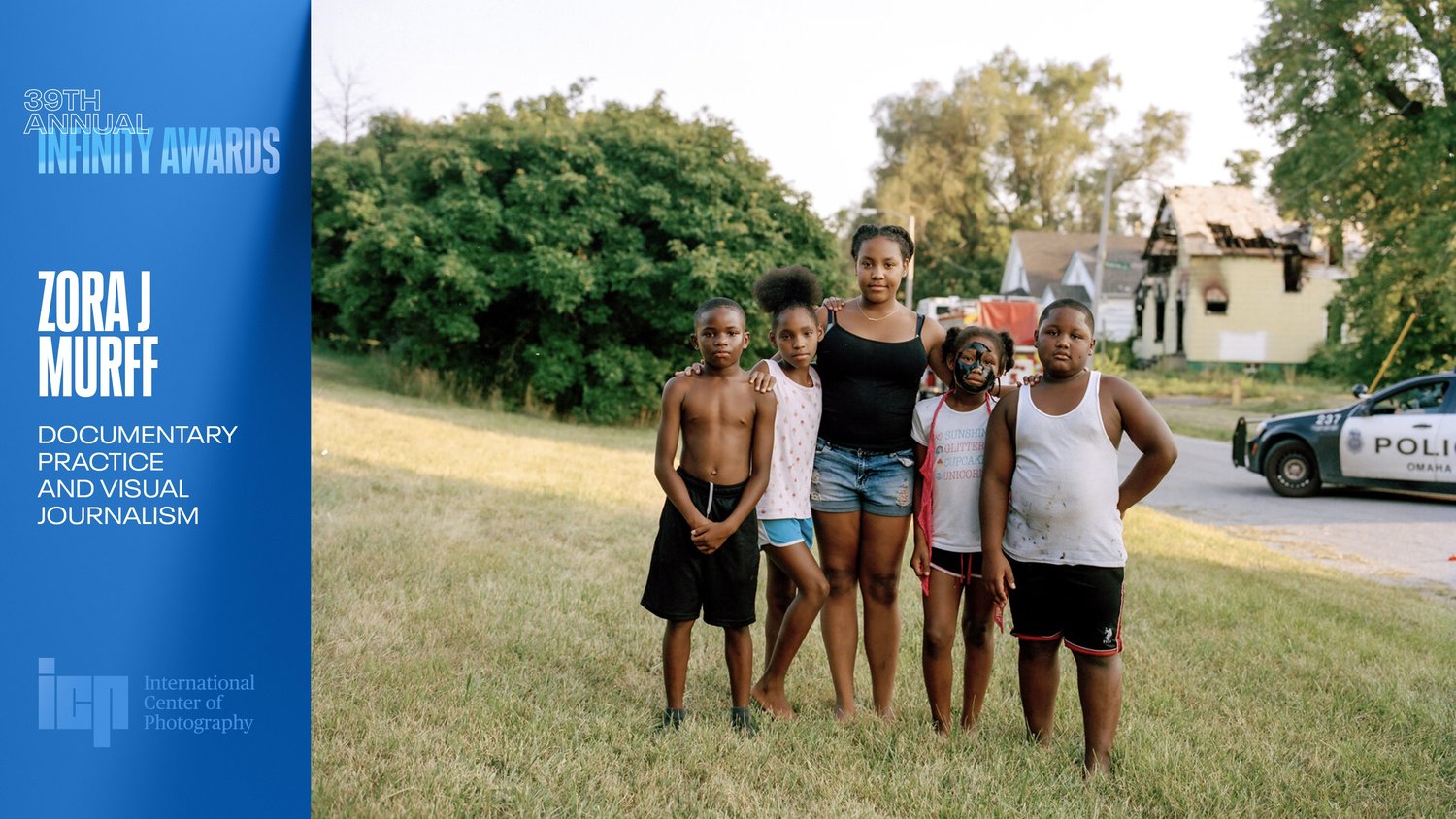
This page recognizing Zora J Murff for ICP’s 2023 Infinity Award for Documentary Practice and Visual Journalism features a film about his life, a slideshow of his projects and extra clips of his thoughts about his work and motivation.

Sebastião Salgado says "a good picture, a fantastic picture, you do in a fraction of a second, but to arrive to do this picture, you must put your life in there."

Esther Horvath has sent questions to the universe and she has received answers. She found her calling to tell visual stories that show the full research story behind our climate data.
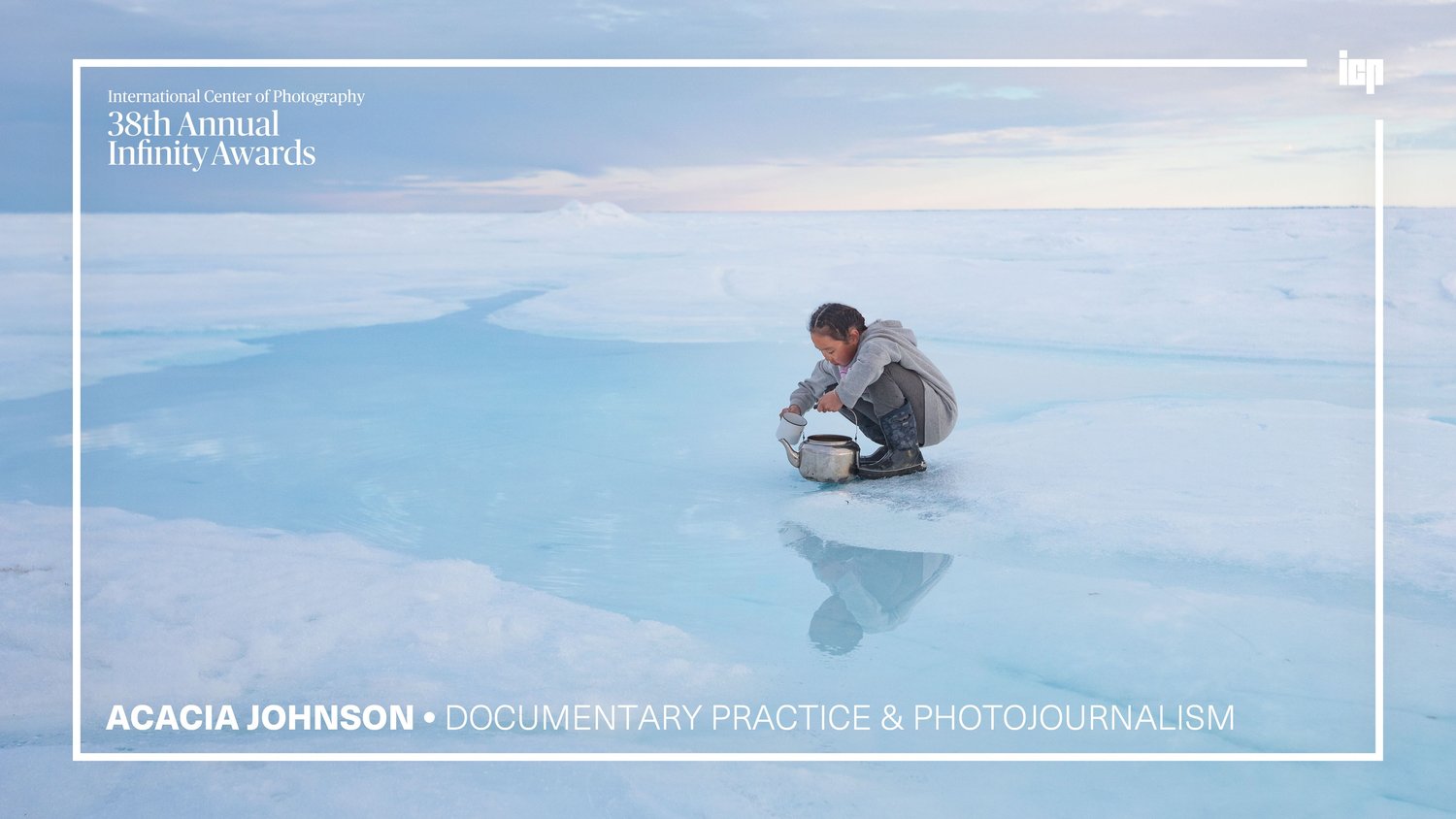
See photographer Acacia Johnson’s growth from her earliest explorations of Alaskan landscapes to a National Geographic cover for a documentary project among indigenous people of the Arctic.
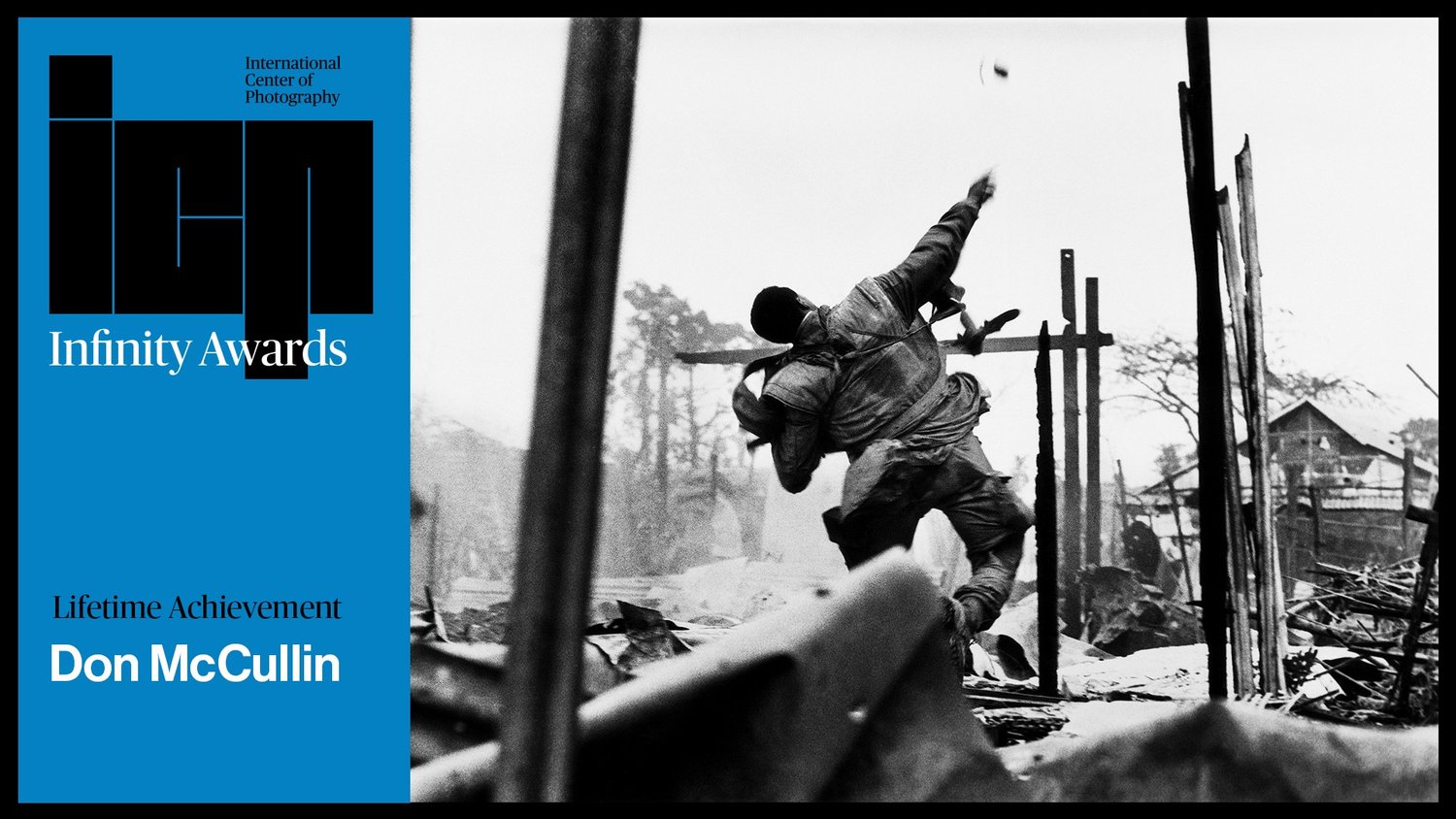
Sir Don McCullin never intended to become a photographer. He found it hard to believe he’d ever escape the poverty of North London. But a spur of the moment photograph launched McCullin into a career spanning 50 years in photography.

As the U.S. prepares for the final drawdown of soldiers from the conflicts in Iraq and Afghanistan, Soledad O’Brien and MediaStorm take an intimate look at two veterans as they struggle with the transition from war to home.
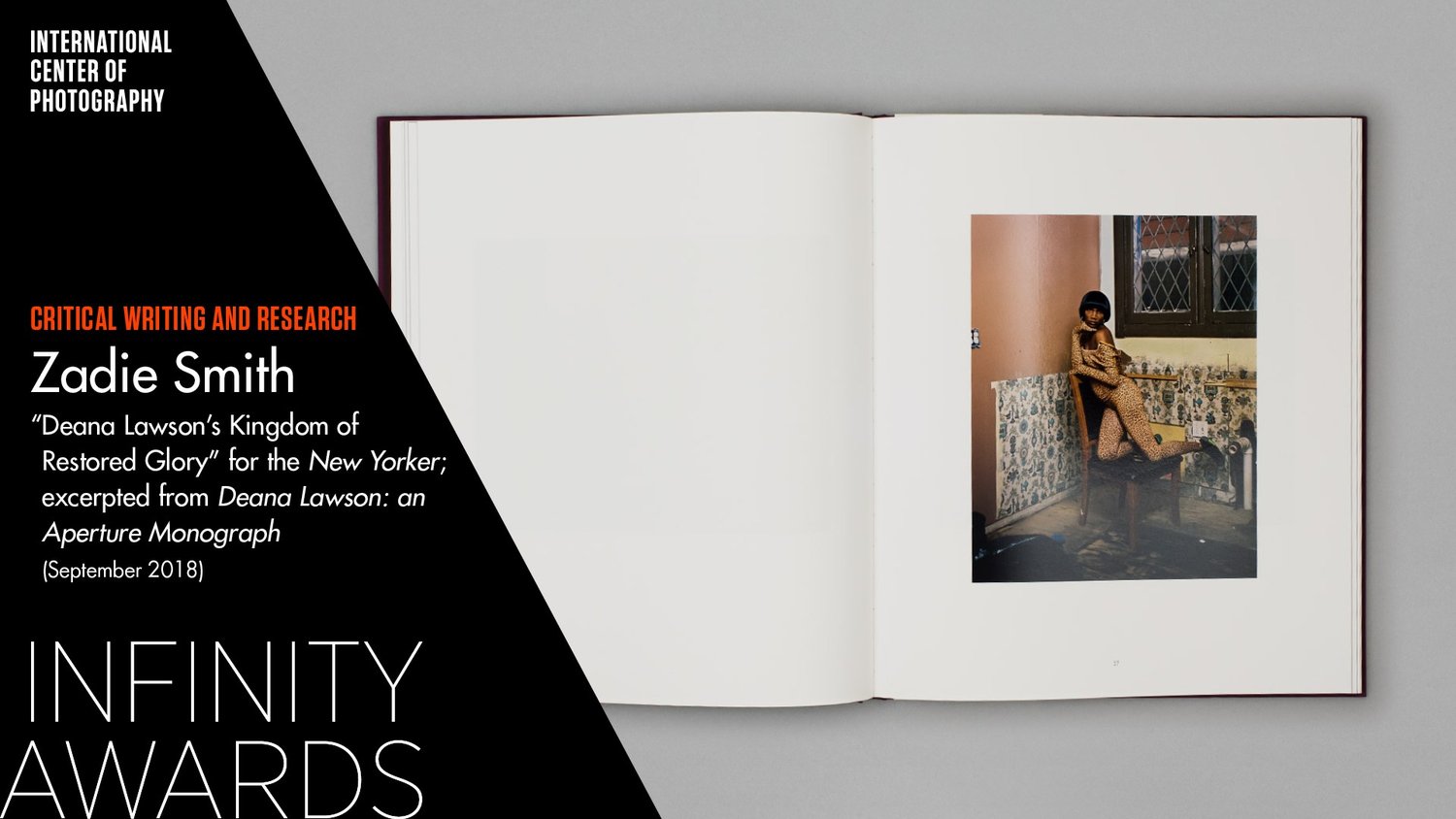
Writer Zadie Smith pays homage to photographer Deana Lawson in the artist’s first Monograph for Aperture.
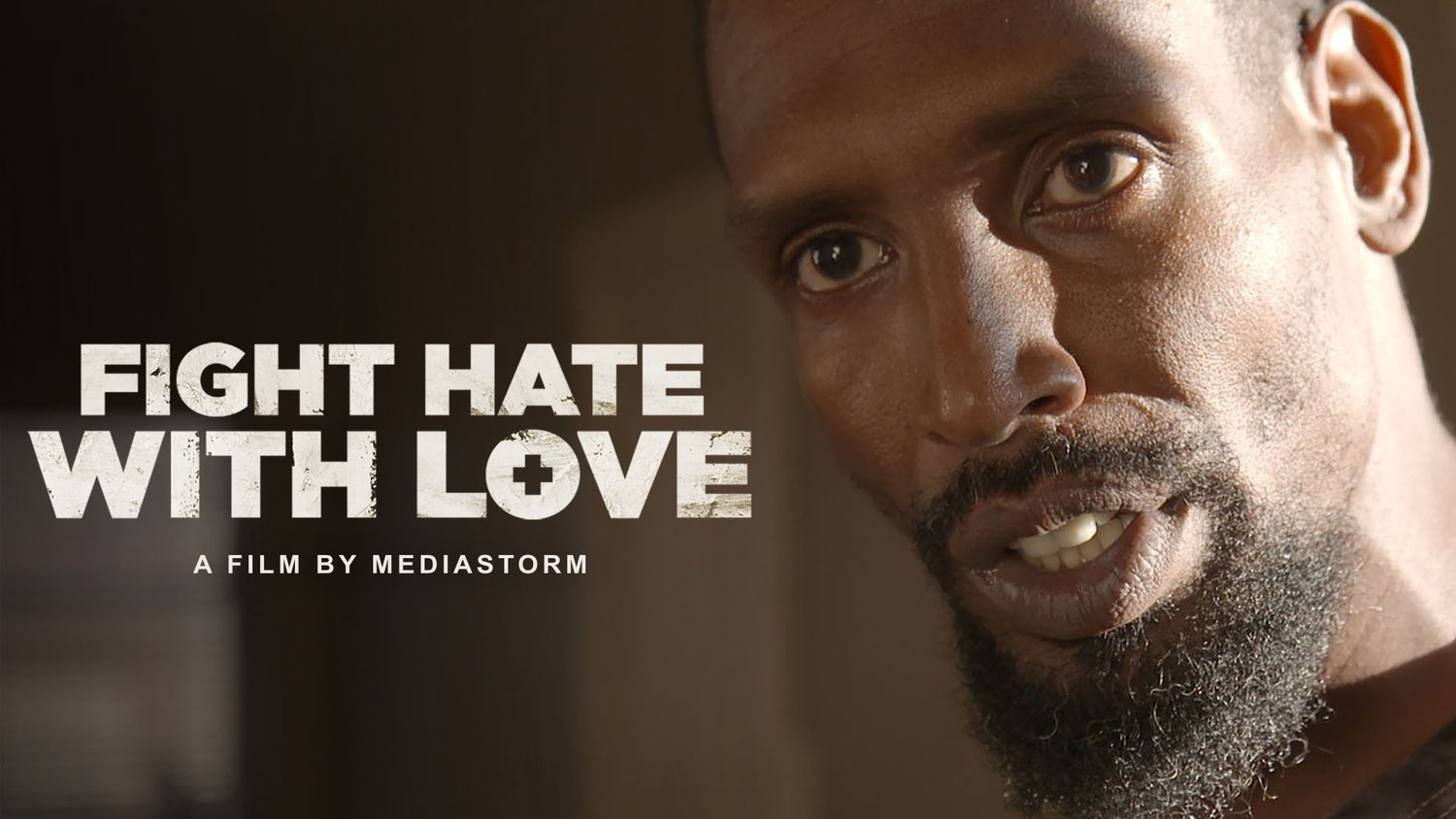
As a formerly incarcerated person, Michael struggled for work, and found purpose in being a husband, father, and activist. But 7 years since his release from prison, the cost of Michael’s activism is evident.

Benny is a “certified” garbologist. He collects what others throw away. Benny is also at war with his family. Here is a man sharing a house with his wife but living as a stranger. This is a household on the edge.

Photographer Amber Bracken recognized something deeper than a protest was afoot when hundreds of tribes gathered at the Standing Rock reservation in opposition to the Dakota Access Pipeline.

How does the death of a child change a parent? How does the death of a parent change a child? How do these moments change us as we develop and grow further away from who we were as children?

Maurice Berger–cultural historian, and columnist for the New York Times’ Race Stories–has spent his career studying and teaching racial literacy through visual literacy.

Japan’s Disposable Workers examines the country’s employment crisis: from suicide caused by overworking, to temporary workers forced by economics to live in internet cafes, and the elderly who wander a town in search of shelter and food.

Karl Ove Knausgaard is the celebrated author of a massive six-volume autobiography. But Knausgaard remains confused by the attention. This is a portrait of a man who has achieved massive success yet still considers himself unworthy.

Michael Thomasson has devoted his life to video games. It’s been his passion and his obsession for more than three decades. He owns over 11,000 unique game titles for more than 100 different systems.
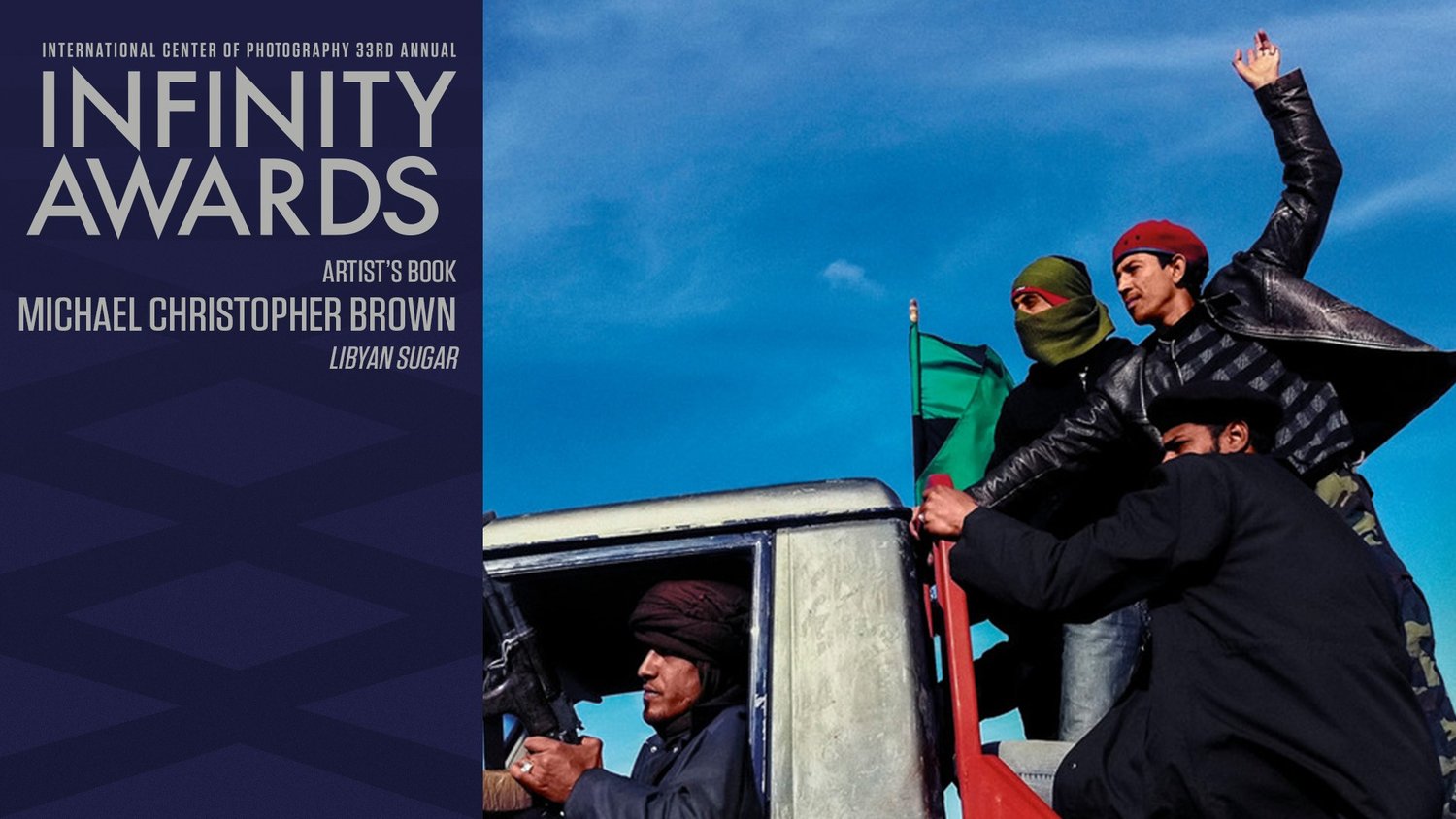
A film about Michael Christopher Brown for the 2017 ICP Infinity Awards.

The Long Night, a feature film by Tim Matsui and MediaStorm, gives voice and meaning to the crisis of minors who are forced and coerced into the American sex trade.
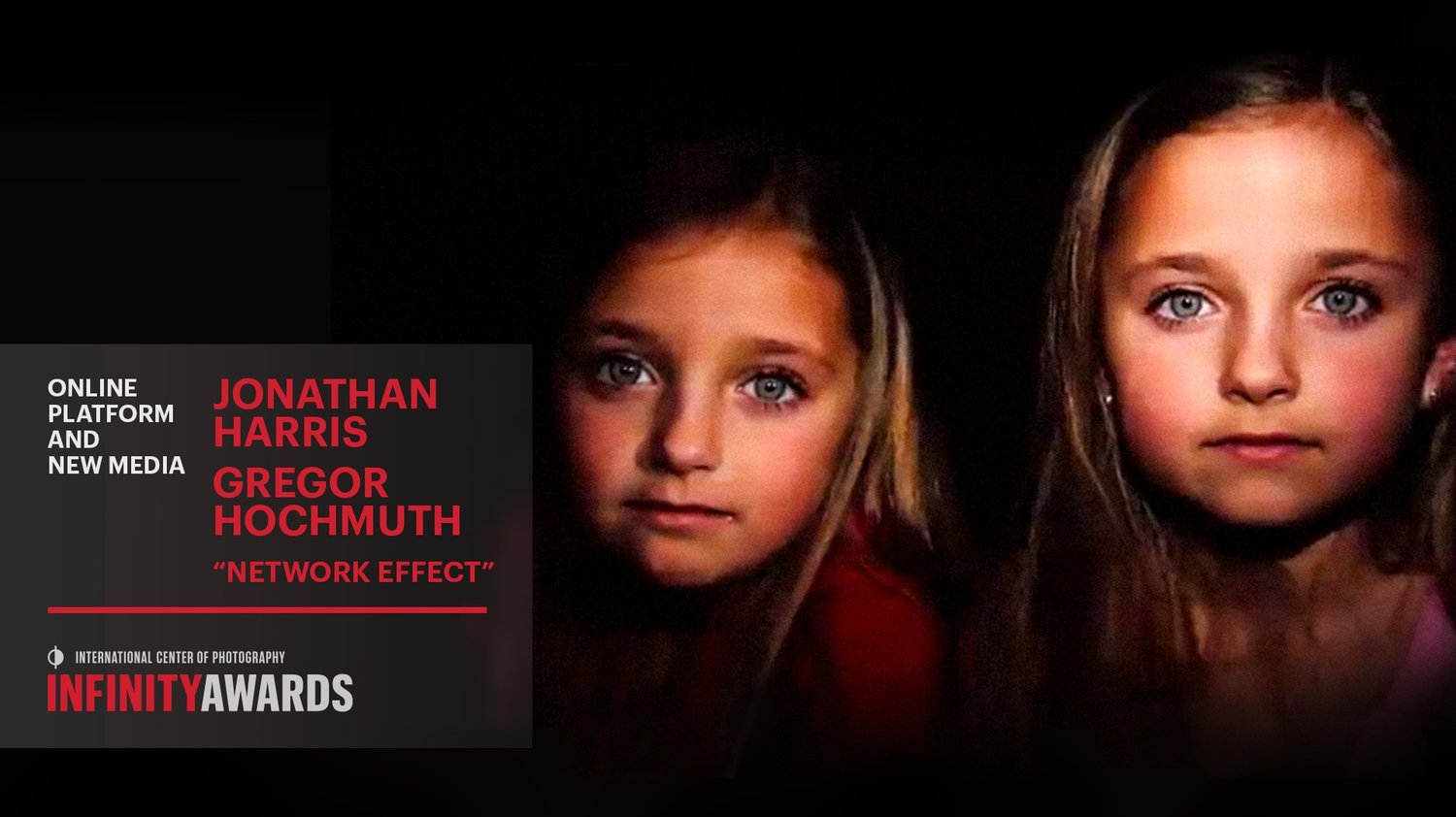
Jonathan Harris and Greg Hochmuth have a complicated relationship with the internet and have worked together to develop an artwork that explored some of the more difficult consequences of what it means to live with the internet.

In 1977, Robyn Davidson walked 1,700 miles across the Australian outback. National Geographic sent Rick Smolan to photograph her perilous journey—a trek that tested and transformed them, forming an immutable bond that continues to this day.

Once at the center of the U.S. economy, the family farm now drifts at its edges. In Iowa, old-time farmers try to hang on to their way of life, while their young push out to find their futures elsewhere. Driftless tells their stories.

The American family farm gives way to a subdivision - a critical cultural shift across the U.S. Common Ground is a 27-year document of this transition, through the Cagwins and the Grabenhofers, two families who love the same plot of land.

For Walter Backerman, seltzer is more than a drink. It’s the embodiment of his family. As a third generation seltzer man, he follows the same route as his grandfather. But after 90 years of business, Walter may be the last seltzer man.

Larry Fink has spent over 40 years photographing jazz musicians, wealthy manhattanites, his neighbors, fashion models, and the celebrity elite. His archive is a thoughtful collection of American history, and Fink’s experience of it.

LaToya Ruby Frazier’s body of work “The Notion of Family” examines the impact of the steel industry and the health care system on the community and her family. Collaborating with her mother and grandmother, she uses her family as a lens to view the past, present and future of the town.

Tomas Van Houtryve wants there to be a permanent visual record of the dawn of the drone age, the period in American history when America started outsourcing their military to flying robots. In order to create this record, Van Houtryve sent his own drone into American skies.

Evgenia Arbugaeva was born in the magical town of Tiksi, Russia. This barren, arctic landscape influenced Arbugaeva in almost every aspect of her dreamlike photography.
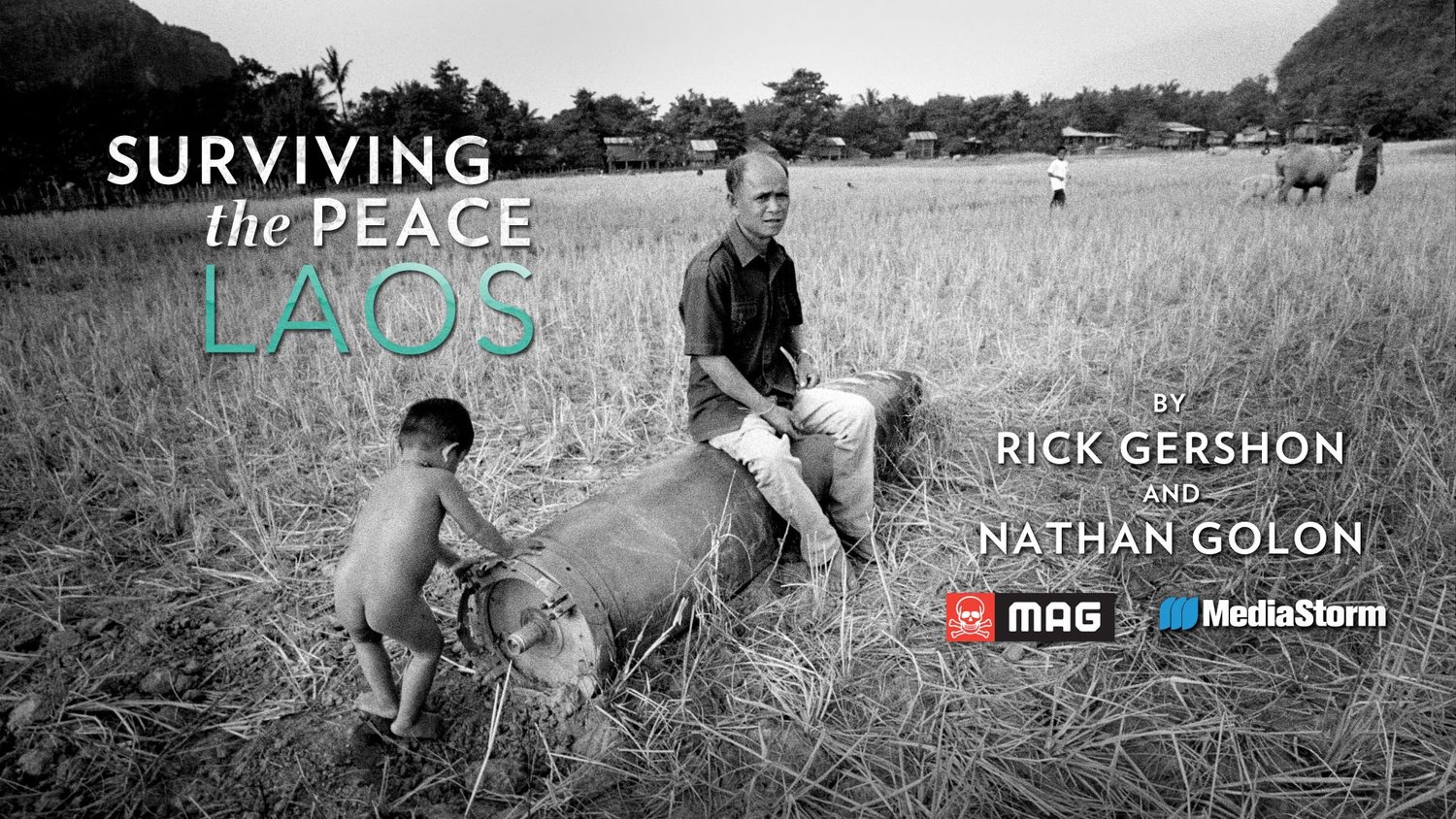
Surviving the Peace: Laos takes an intimate look at the impact of unexploded bombs left over from the Vietnam war in Laos and profiles the dangerous, yet life saving work, that MAG has undertaken in the country.

A family is determined to give their disabled son a whole and vital life. In the midst of a great burden, one small child – with a seemingly endless supply of love – is the blessing that holds a family together.
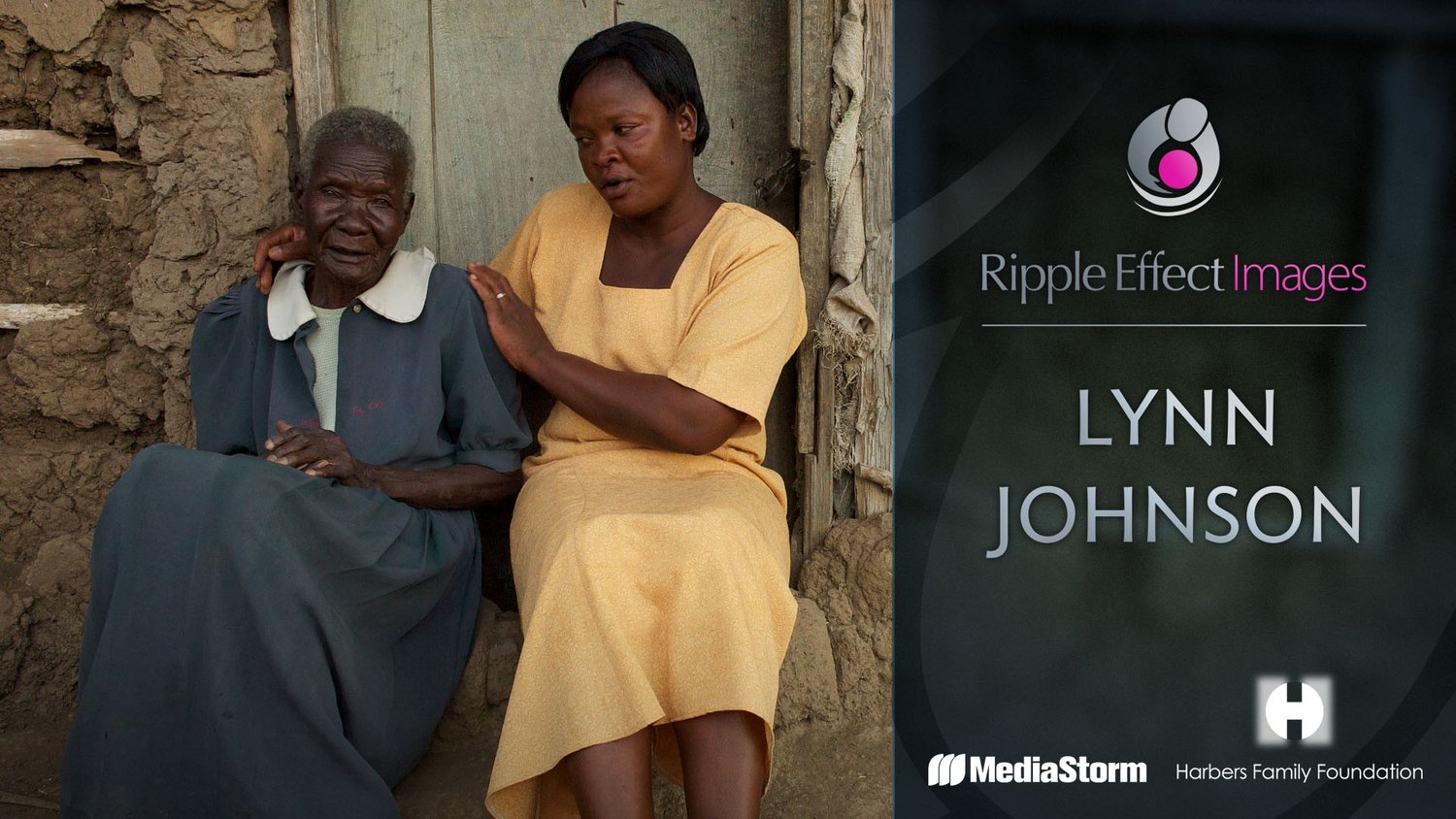
Inspired by the photographs of the Farm Security Administration growing up, Lynn Johnson has spent nearly 35 years as a photojournalist working for LIFE, National Geographic, Sports Illustrated and various foundations.
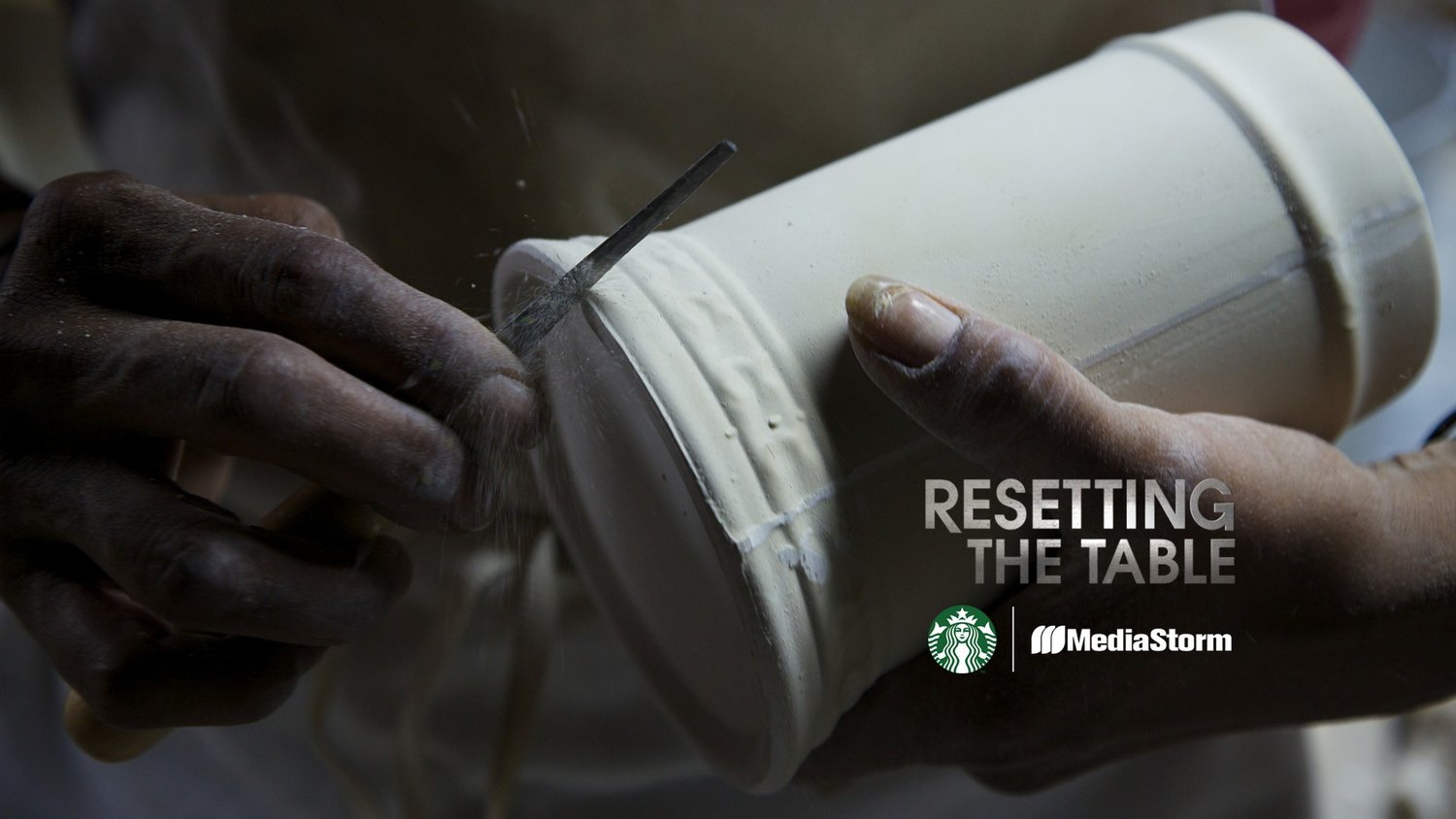
Resetting the Table takes a unique, personal look at the impact Starbucks’ Create Jobs for USA program has had on the American Mug & Stein pottery facility in East Liverpool, Ohio.

Hungry Horse captures the spirit of renewal, peace and serenity through stunning landscapes and intimate oral histories.

Using humor and a love of fantasy, "The Amazing Amy" Harlib connects with audiences through performing strenuous yoga-based contortion acts in New York City.

In many countries, girls as young as eight are forced into marriage by their families, culture and economic situation. This practice destroys their chance at education leading to tragic results.
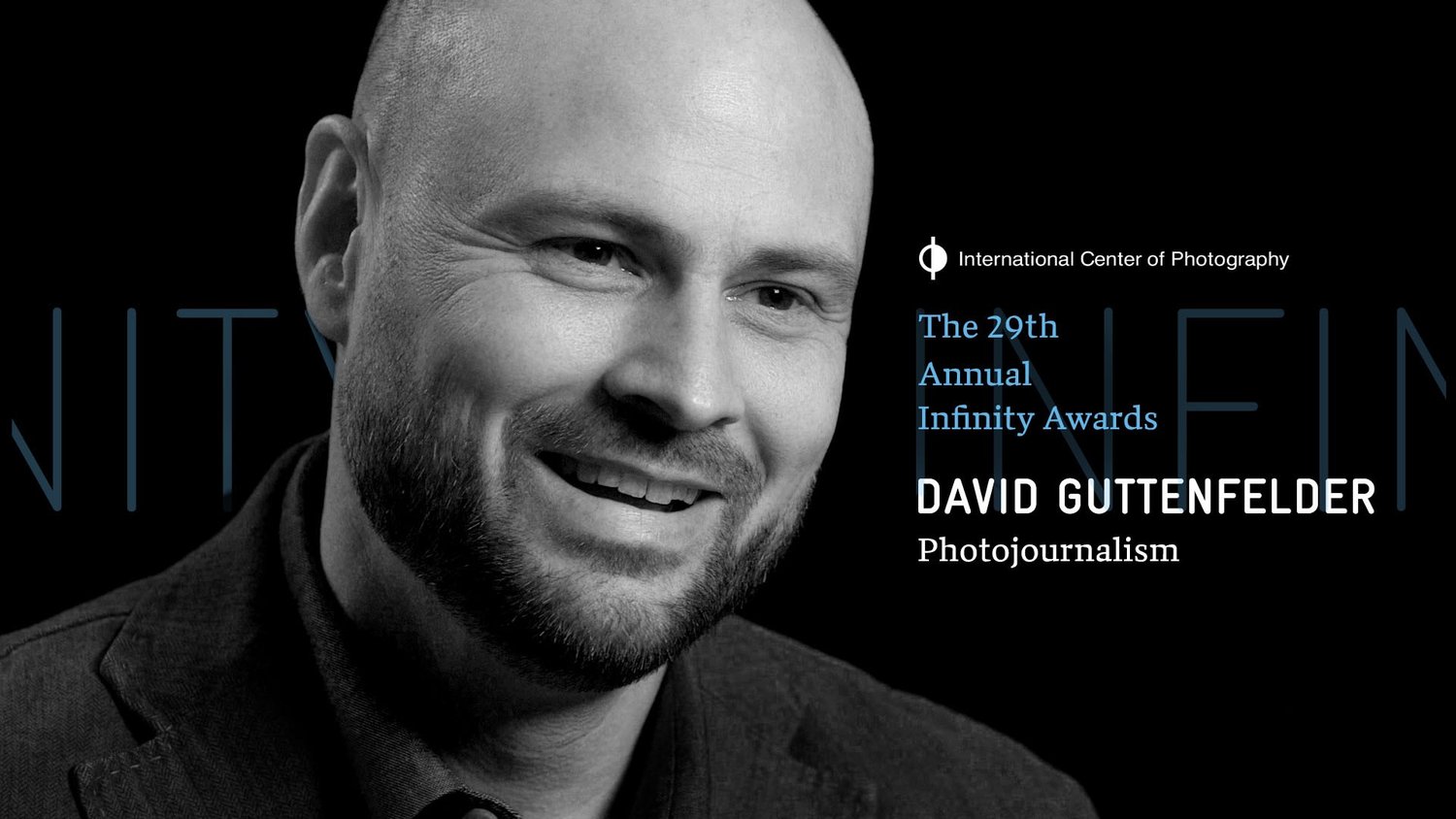
Surreal and mysterious, North Korea was a black hole to outsiders wanting a glimpse of the country. That all changed in 2012, when AP photographer David Guttenfelder led the opening of the bureau's newest office inside the North Korea.

Virginia Gandee's brilliant red hair and dozen tattoos belie the reality of this 22-year-old's life. Inside her family's Staten Island trailer her caregiving goes far beyond the love she has for her daughter.
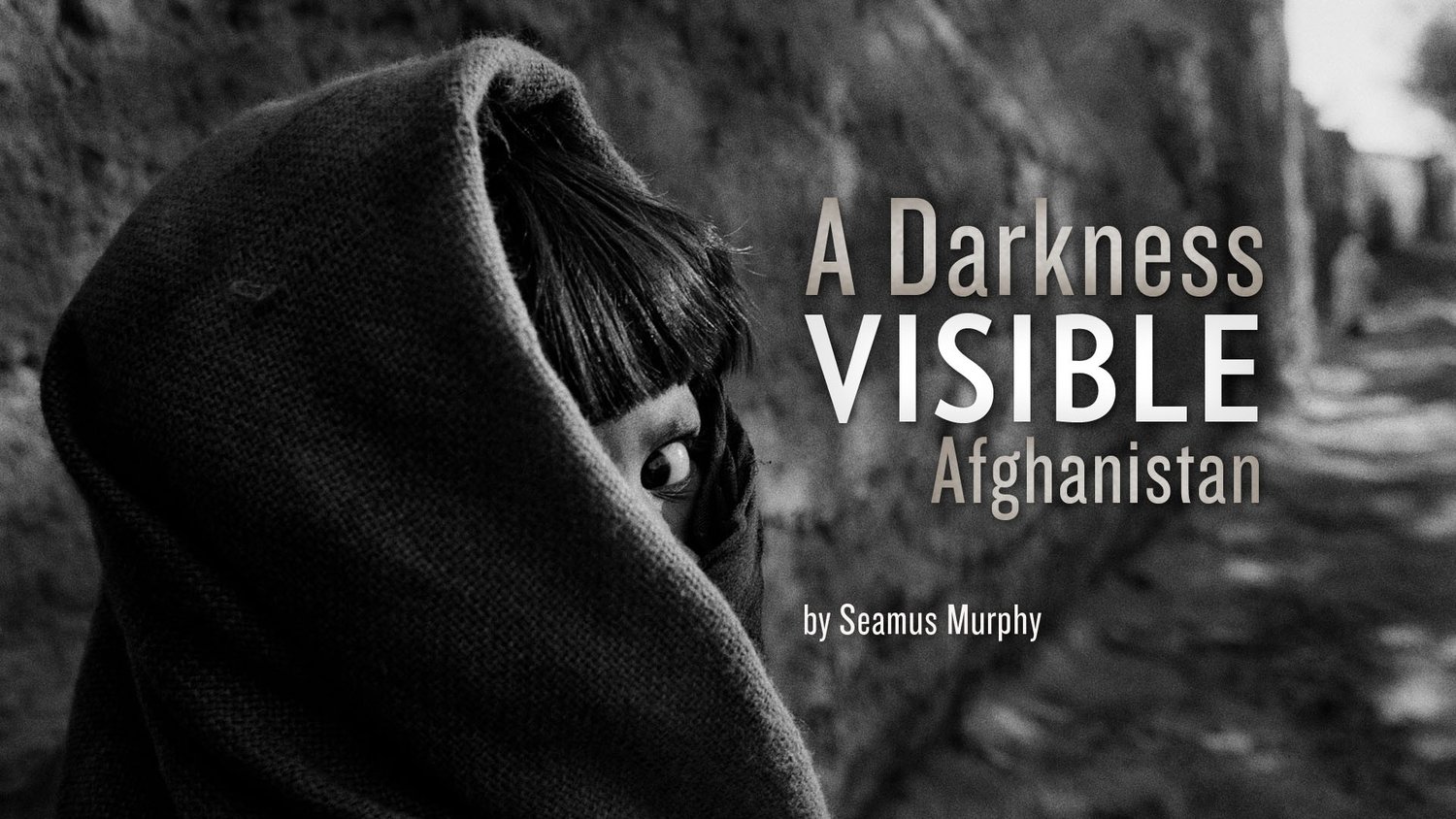
Based on 14 trips to Afghanistan between 1994 and 2010, A Darkness Visible: Afghanistan is the work of photojournalist Seamus Murphy. His work chronicles a people caught time and again in political turmoil, struggling to find their way.
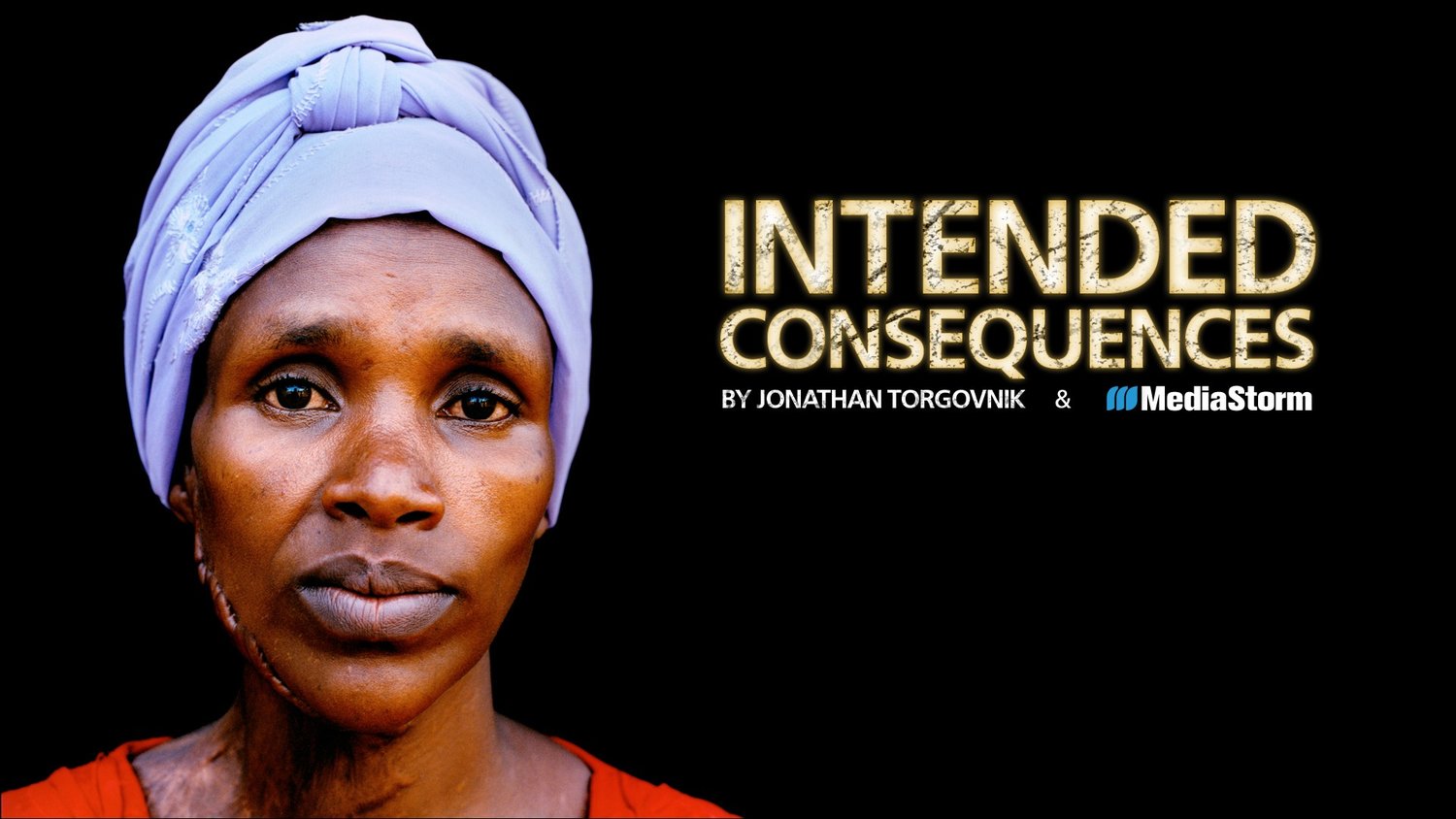
In Rwanda, in 1994, Hutu militia committed a bloody genocide, murdering one million Tutsis. Many of the Tutsi women were spared, only to be held captive and repeatedly raped. Many became pregnant. Intended Consequences tells their stories.

To those who serve in the armed forces, what is the aftereffect of war? The Marlboro Marine is photographer Luis Sinco's portrait of Marine Corporal James Blake Miller, whom he met in Iraq. For Miller, coming home has been its own battle.
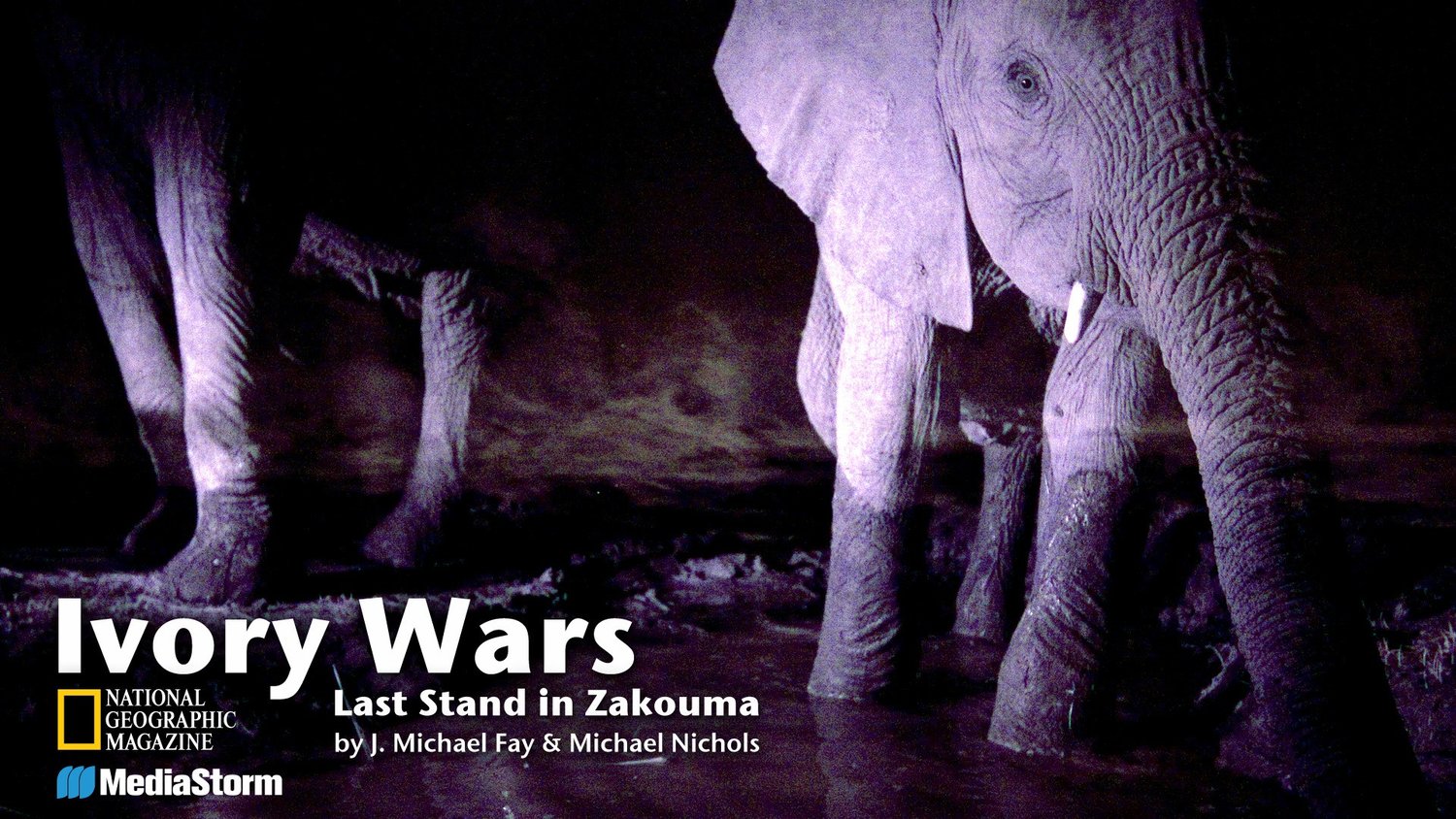
Zakouma National Park is one of the last places on earth where elephants still roam by the thousands. In a land where poachers will slaughter the huge animals for their tusks alone, it takes armed guards to keep them safe.
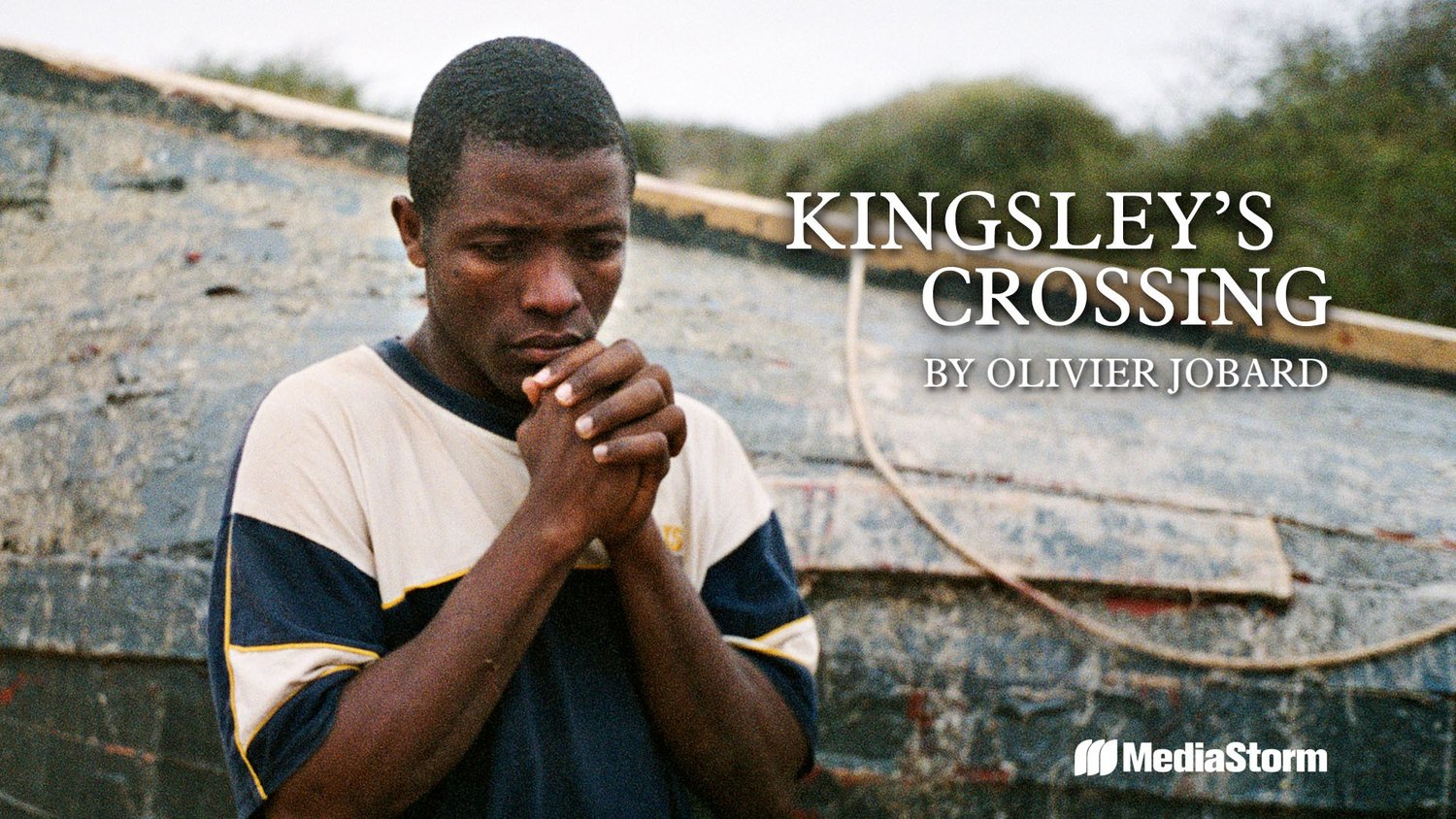
Kingsley's Crossing is the story of one man's dream to leave the poverty of life in Africa for the promised land of Europe. We walk in his shoes, as photojournalist Olivier Jobard accompanies Kingsley on his uncertain and perilous journey.
Collaborate With Us
The MediaStorm Platform is an advanced video platform that extends the user experience beyond linear video to include the interactive capabilities of the Internet.
The MediaStorm Platform is an advanced video platform that extends the user experience beyond linear video to include the interactive capabilities of the Internet.
Follow MediaStorm
Copyright 2025 MediaStorm, LLC | Terms & Conditions | Privacy | Contact
